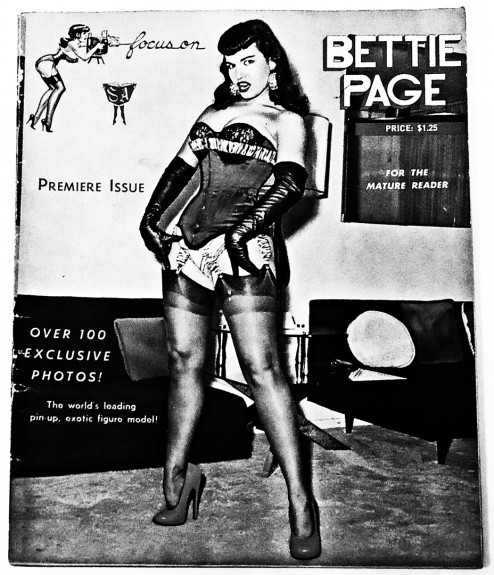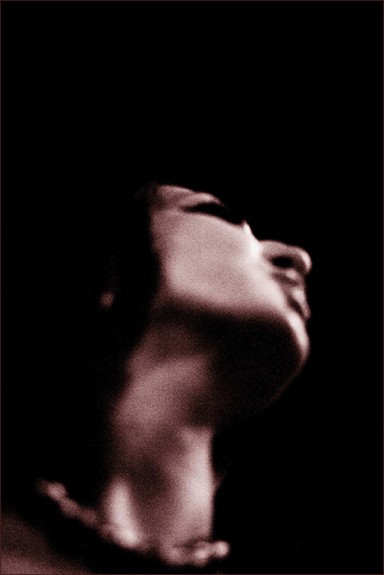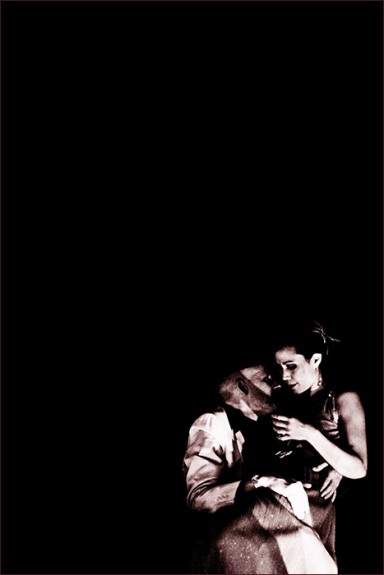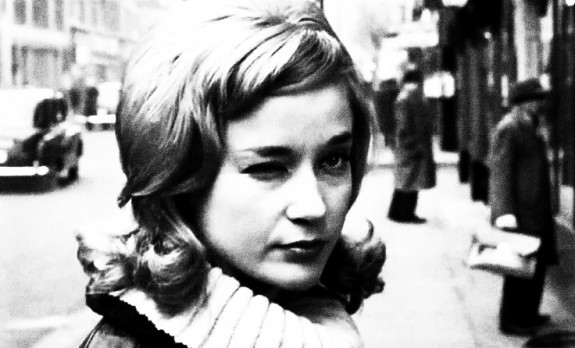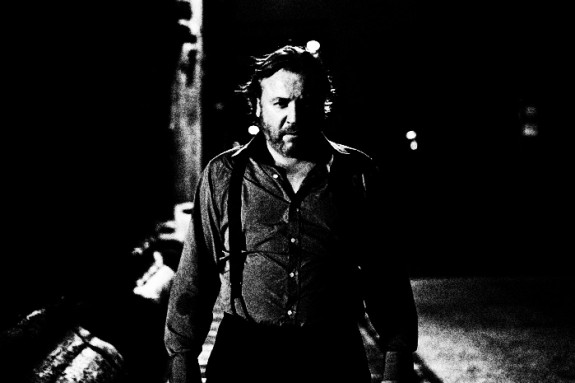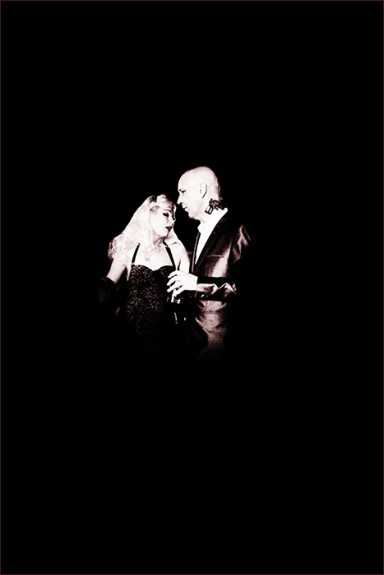Last Posts
-
Bettie Page and transgressive reverberations
This photograph/image of Bettie Page for a long time was something of a favourite. It’s Ms Page at her finest, feisty attitude-ness.
Back a fair few years before vintage and retro were mainstream cultural reference points and when the zeros and ones easy access of the internet was still in its infancy, I bought a photographic grade reproduction of the cover from a, well, vintage clothing stall.
For a long time I didn’t know any more about it other than the image itself – what the magazine was etc and due to the relative scarcity of cultural distribution at the time, that’s the way it stayed.
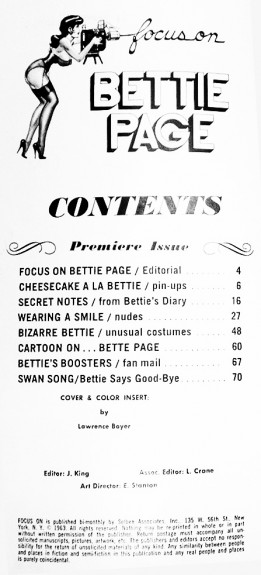 As an aside and now, due to the nolonger infancy of the internet I know that it’s the cover to a particularly scare 72 page magazine on Ms Page from 1963 (ah that year again, just as change began to gather pace).
As an aside and now, due to the nolonger infancy of the internet I know that it’s the cover to a particularly scare 72 page magazine on Ms Page from 1963 (ah that year again, just as change began to gather pace).Apparently printed in only 1500 copies, it seems to be one of the higher priced Bettie Page items out in the world. I expect you’d need to pay around £300-500 for a copy nowadays. Blimey indeed.
Due in part to that scarcity it seemed like a rare and precious thing but looking at it now, it seems to be a particularly iconic picture of a particularly iconic model – a distilling or honing down of the bad girl side of Bettie Page’s often wholesome cheesecake pinup image, though without moving into her more overly and overtly defined festishistic imagery.
Yes, it’s off its age but it hasn’t gained an almost harmless twee-ness that some pinup imagery from the time has.
In fact, looking at it again recently, this seems like a world away from the girl next door depiction of Bettie Page – this is a much more harsh, fierce beauty and sexuality that seems to reverberate and even have some kind of transgressive or subversive underground quality to it even all these years later.
It is curious how from all the models who were working at that time, Bettie Page and the imagery created with/by her seems to be something of an island of such things.
continue reading -
Afterhours Light Catching
-
The Bank Job, shennanigans and stories that travel forwards and backwards in time…
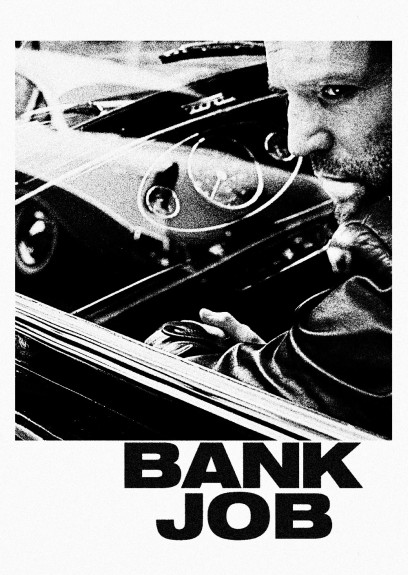 In a lot of ways The Bank Job from 2008 is something of a b-movie, a touch cheesy here and there and has that “the period recreation doesn’t quite always naturally gel/the costumes etc look, well, like costumes etc” thing that seems to plague a lot of British period based television and film and yet…
In a lot of ways The Bank Job from 2008 is something of a b-movie, a touch cheesy here and there and has that “the period recreation doesn’t quite always naturally gel/the costumes etc look, well, like costumes etc” thing that seems to plague a lot of British period based television and film and yet……I find it a thoroughly enjoyable number.
It’s an escapist period crime/heist romp (caper?) film but with a background of all kinds of hidden history and reference points.
 Early 1970s questionable black power leaders? Yep. A touch of 1970s grit that around these parts tends to tick a box or two. Check. Hidden powers that be “off the book” activities? Check. 1970s Scotland Yard/vice squad over cosiness in the gentleman’s leisure reading activity and film game in the old heart of town that was Soho? Check.
Early 1970s questionable black power leaders? Yep. A touch of 1970s grit that around these parts tends to tick a box or two. Check. Hidden powers that be “off the book” activities? Check. 1970s Scotland Yard/vice squad over cosiness in the gentleman’s leisure reading activity and film game in the old heart of town that was Soho? Check.Saffron Burroughs cheekbones? Check.
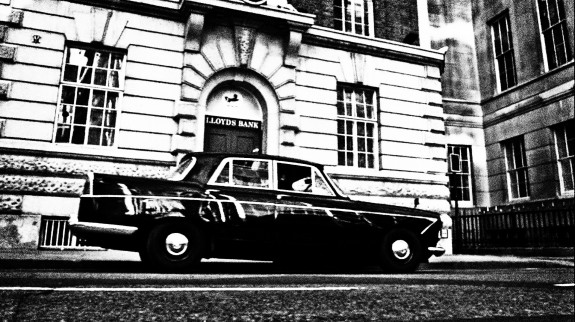
That iconic-period-crime/heist-romp-(caper?)-film-and-television suave chap on either side of the straight line car of choice the Jaguar Mark II alongside a fair few other classic “motors” (including a period police car that reminds me a little of the 1960s TV series Batmobile)? Check.To part borrow a phrase written about another set of tales set around the same (well, actually made around that time), it’s something of a guilty pleasure full of fags, blags, Jags and slags.
The film was penned by Dick Clement and Ian La Frenais, who also wrote the likes of Porridge and The Likely Lads… oh and Afterhours favourite Villain, which is (loosely) based on the life/lives of East End twins who gained more than a touch of notoriety and which is set (or rather was made/is set) in a similar early 1970s period of shennanigans and stories embedded in a society gone more overtly corrupt/to seed – which in a way links forwards and backwards to The Bank Job.
The film is based (loosely?) on true stories, which you can peruse more of here.
continue reading -
Saturday Night, Sunday Morning and a somewhat classy pictorial representation of Jack The Lad…
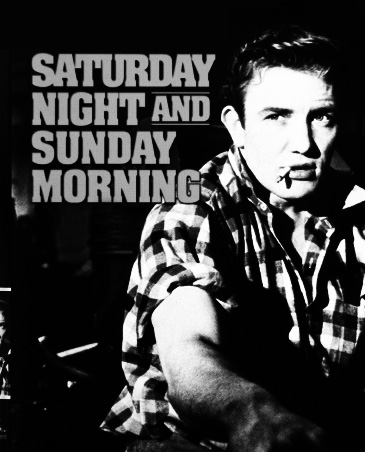 And while we are talking about classic British 1960s kitchen sink drama and “A kind of drab (or should that be against a drab world/setting?), suited and booted, beehived and bouffanted glamour, charisma, style and working class rebellion” and “a certain kind of rough hewn, no mucking about masculinity” mixed in with that and more than a touch of solid, glowering male-ness, alongside a just pre-Swinging London kicking against it all (see here)…
And while we are talking about classic British 1960s kitchen sink drama and “A kind of drab (or should that be against a drab world/setting?), suited and booted, beehived and bouffanted glamour, charisma, style and working class rebellion” and “a certain kind of rough hewn, no mucking about masculinity” mixed in with that and more than a touch of solid, glowering male-ness, alongside a just pre-Swinging London kicking against it all (see here)……well, it wouldn’t be quite right to not mention Albert Finney In Saturday Night and Sunday Morning.
In the photograph above he tends to remind me of an early 1960s “angry young man” meets an iconic Wild Western frontier kind of chap.
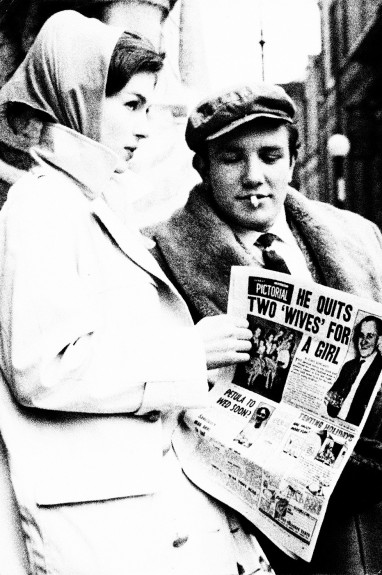 And maybe there’s something in that as this was a time when new frontiers were opening up (sometimes only relatively briefly) and one of those frontiers could be seen to be life outside the metropolis represented cinematically in British kitchen sink films.
And maybe there’s something in that as this was a time when new frontiers were opening up (sometimes only relatively briefly) and one of those frontiers could be seen to be life outside the metropolis represented cinematically in British kitchen sink films.If there was one of those new(ish) fangled online encyclopedia pages for the above paragraph, I expect they could just put a photograph of Mr Finney in the adaptation of Mr Sillitoe’s book with a note saying “See image above.”
Along which lines, I think I shall let the images speak for themselves.
 Well, almost, apart from to say has there ever been a finer book cover than the film tie-in to Saturday Night and Sunday Morning? I’m not sure I’ve seen one. It’s always cheers the day up when I see a copy in a charity shop (and I have to restrain myself from not buying it again just because, well, it’s always worth buying).
Well, almost, apart from to say has there ever been a finer book cover than the film tie-in to Saturday Night and Sunday Morning? I’m not sure I’ve seen one. It’s always cheers the day up when I see a copy in a charity shop (and I have to restrain myself from not buying it again just because, well, it’s always worth buying).Classic period pulp fiction-esque painting style that has wandered off to a particularly classy slice of British northern/midlands cinematically realised social realism and iconography.
Lovely stuff.
continue reading -
Afterhours Light Catching
-
A Kind Of Loving, suited and booted, beehived & bouffanted glamour and prime time kitchen sink-isms
 A bit like somehow or other 1970s grit along the lines of Villain is in amongst Afterhours and my own work, somewhere along the line could be found some kind of inkling of classic kitchen sink drama, cinema etc. Think Saturday Night, Sunday Morning, A Taste Of Honey etc.
A bit like somehow or other 1970s grit along the lines of Villain is in amongst Afterhours and my own work, somewhere along the line could be found some kind of inkling of classic kitchen sink drama, cinema etc. Think Saturday Night, Sunday Morning, A Taste Of Honey etc.It’s possibly in the very Britishness. A kind of drab (or should that be against a drab world/setting?), suited and booted, beehived and bouffanted glamour, charisma, style and working class rebellion that could be traced forwards to the likes of the Medway scene in the 1980s (Billy Childish, The Milkshakes etc). A certain kind of kicking back against how things are just before they’re ready to fully start changing and having a little give – ie just pre-swinging London-ness, as I have something of a fondness for. Possibly a certain kind of rough hewn, no mucking about masculinity mixed in with that just mentioned suited and booted style.
 Along which lines, the early 1980s television adaptation of A Kind Of Loving…
Along which lines, the early 1980s television adaptation of A Kind Of Loving…There’s a point in Tom Jones autobiography where one of his early managers sees him perform for the first time and afterwards his wife says something along the lines of “I’ve never seen anything so male.”
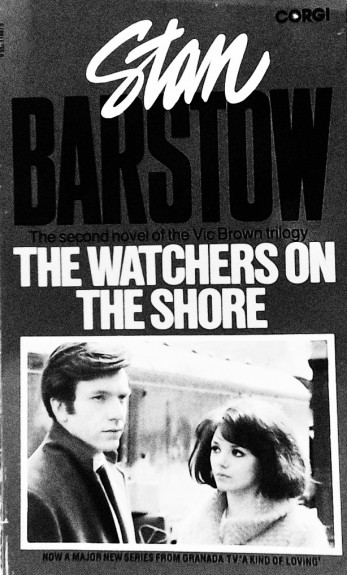 Clive Wood (seen to the left on the cover of one of the tv tie-in/follow up books) in this television version reminds me of that sense. There’s a very solid, almost glowering maleness to him.
Clive Wood (seen to the left on the cover of one of the tv tie-in/follow up books) in this television version reminds me of that sense. There’s a very solid, almost glowering maleness to him.And then wandering back to 1970s grit, mixing it in with 1960s kitchen sink drama (and because as I think I’ve said before, I have something of a fondness for how books, films etc are presented, postered, covered etc over the years)… the cover below is from around the mid-1960s, the style and cut of the clothes says that time but the setting and the cooling towers tends to make me think more of the early to mid-1970s, that sense of an industrial nation neglected, troubled, possibly gone to seed.
 Oh and prime time kitchen sink? Well, the the A Kind Of Loving TV series was broadcast at a time when there were but three or so television channels in the UK and in that climate this particular slice of kitchen sink drama was only kept off the top viewing figures slot by the then most popular soap opera. 15 million folk turned on and tuned in, effectively heading towards a third of the population.
Oh and prime time kitchen sink? Well, the the A Kind Of Loving TV series was broadcast at a time when there were but three or so television channels in the UK and in that climate this particular slice of kitchen sink drama was only kept off the top viewing figures slot by the then most popular soap opera. 15 million folk turned on and tuned in, effectively heading towards a third of the population.
continue reading -
The World Ten Times Over and understated lives
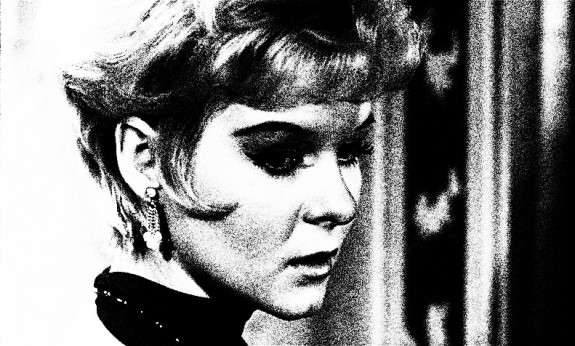
It’s a curious thing/film The World Ten Times Over; it’s set amongst the neon lights and nightlife of Soho but it’s curiously understated – it has a very austere, post-war feel to it.Realist or kitchen sink might well be phrases that could be used to describe it.
Essentially it’s the story of two good time girls (who don’t seem to be having a very good time), who work in a hostess/cabaret club, live together and variously have run ins with a respectable Shakespeare loving father and almost run away with a frustrated son-of-an-industrialist, marriage of convenience playboy like (again in an understated manner) boyfriend.
It’s quietly seedy and is slightly awkward about itself and in particular the possibly more salubrious aspects of the gals lives and profession (there’s a great, supposedly knowing/falsely flirtatious awkward and unnatural wink by Sylvia Syms to a gent who’s been reading the “professional model” cards in a shop window).
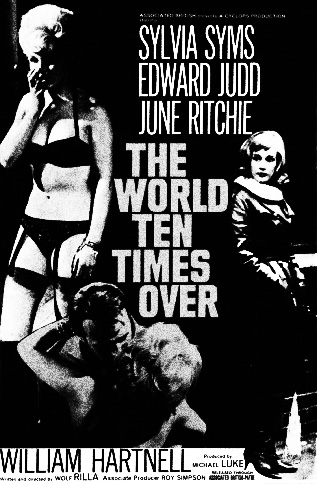 The film was retitled Pussycat Alley with the poster tagline “In London’s sin-filled strip, there is one place where every man goes…”.
The film was retitled Pussycat Alley with the poster tagline “In London’s sin-filled strip, there is one place where every man goes…”.This is a frequent, obvious, if slightly odd marketing tool that seemed/seems to often be used on film posters, book covers etc; take an actually not all that prurient or salacious story and spice it up for general consumption in a “not really correctly labelled” manner.
I can only imagine the disapointment on certain gents’ faces when they popped into their local dream palace to enjoy some Soho sin and actually got to see this quite grey, melancholic film and it’s tale of the frustations and sometimes futilities / inevitabilities of life.
(As an aside, the cover of the DVD release combines the attempt-at-salaciousness-but-actually-curiously-gritty design of the original poster with a dash of Pussycat Alley-isms).
 When I recently rewatched the film I’m not sure that enjoyment is a phrase that I would use about it. I’m not knocking the film at all though, it’s more that it feels like a curiousity, a snapshot of a particular way of life and a transitional point in life and culture – post-war auserity about to make way for the colour, spark and vitality of first Swinging London and pop-art mod(ernisms) and later the evolutions and looseness of psychedelia and what has come to be labelled hippie-dom.
When I recently rewatched the film I’m not sure that enjoyment is a phrase that I would use about it. I’m not knocking the film at all though, it’s more that it feels like a curiousity, a snapshot of a particular way of life and a transitional point in life and culture – post-war auserity about to make way for the colour, spark and vitality of first Swinging London and pop-art mod(ernisms) and later the evolutions and looseness of psychedelia and what has come to be labelled hippie-dom.Peruse and consider the excitement of a belated and long awaited DVD release of the film at the fine Brit Movie and a good point of reference / review at The Digital Fix.
continue reading -
44 Inch Chest, further weathered suaveness and lives lived…
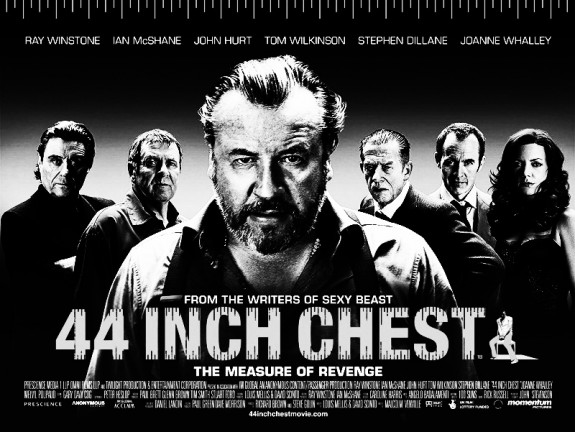
Well, while we’re talking about weathered suaveness (see here)…If you should want to gather up a few of such people from this side of the sea, well, 44 Inch Chest does a fair job of such things.
For a while I was somewhat obsessed by the poster for the film (and indeed it was a particular influence on a particular piece of my own Afterhours work).
Although the layout of making sure all the prime members of a cast are present and displayed in a backward sloping arrow shape has become something of a commonplace occurrence these days (at the behest of publicity clauses in contracts or as a form of lending recognisable faces to a story or brand maybe?), this is something of a favourite of such things.
Why? Well, it’s that sense of weathered suaveness and more than a touch of menace. Not in the fizzy, hormone packed way that a youthful gathering may present, more in a sense of lives travelled and “now, let’s not have any messing about, son” manner.
Also, sometimes it seems as though some actors carry the possible routes their characters’ lives might take and their stories from one film to another.
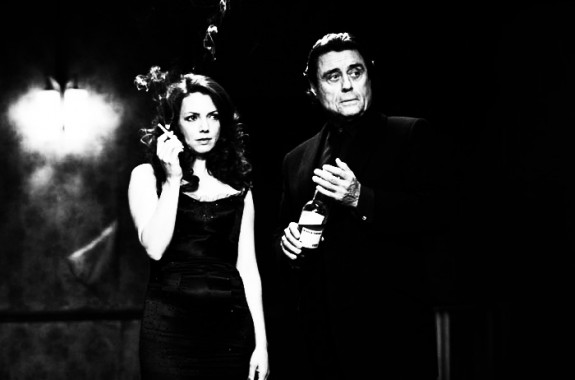
Take Ian McShane here. When I saw the poster, it felt as though I was looking at who Wolfe from Villain had become a fair few years later (via various misdemeanours and bother in Sitting Target, Freelance and higher up the layer cake during Sexy Beast along the way).John Hurt – well, he may be playing a more working class chap here and he may be (I think) actually a “posher” gent in real life but if you should want to see the result of life lived on a face and (really rather) weathered suaveness then look no further.

And Ms Whalley? Well, this role may well be more no-nonsense moll-ish than the Christine Keeler in Scandal became or might have become, in either the film or actual life but there’s a link there via smoke filled bars or basements and too many years watching and hearing the promises from all around them.
continue reading -
16 Horsepower, transcendence and weathered suaveness…
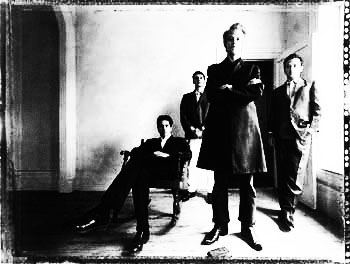 Somewhere along the line a certain kind of (sometimes Deep South) American gothic culture has been something I’ve visited, been intrigued by and indeed has influenced my own Afterhours work.
Somewhere along the line a certain kind of (sometimes Deep South) American gothic culture has been something I’ve visited, been intrigued by and indeed has influenced my own Afterhours work.I couldn’t quite say how. A certain kind of texturalness? A sense of layered, hidden stories that thread deeply throughout places and people? A weathered suaveness? A stepping (figuratively) into the basements of the soul? It’s those and all kinds of other aspects I expect.
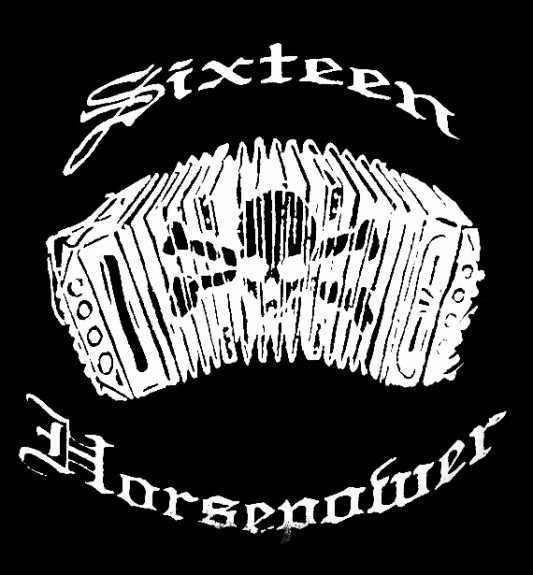 If I was to travel in that general direction, I expect 16 Horsepower would be an early and repeated port of call.
If I was to travel in that general direction, I expect 16 Horsepower would be an early and repeated port of call.And if you should want the very essence of such things in an explorative and also traditional manner, well, they could well be a place to look.
(And it’s not much more than a brief move to other surrounding lands, travellers and those who have come afterwards: David Eugene Edward’s work with Woven Hand, the dusted plains heartbreak of Lillium and the like.)
I think the words reverent or transcendental would not be amiss here, something that can even be quite overt in their work – Mr Edward’s can indeed look like he is summoning or has travelled to another place during performance, something that brings to mind his own background and history in American preaching.
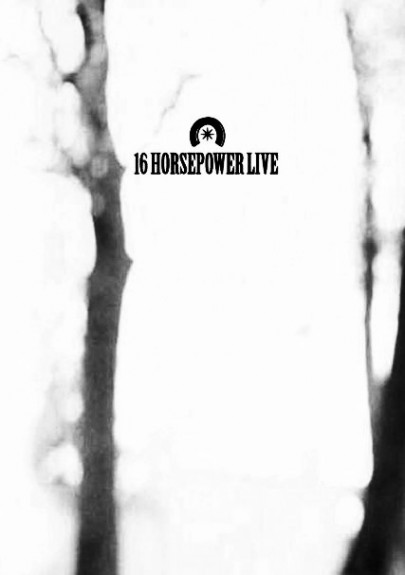 Along which lines, I would particularly recommend the Live DVD they put out – beautifully packaged and referrring back to souls and basements, it features the last song they ever performed as 16 Horsepower – a cover of Joy Division’s Heart and Soul.
Along which lines, I would particularly recommend the Live DVD they put out – beautifully packaged and referrring back to souls and basements, it features the last song they ever performed as 16 Horsepower – a cover of Joy Division’s Heart and Soul.Now, a cover of a song by a band with such, well, heavy history is a tricky thing but this wanders to somewhere else.
Transcendence indeed.

As a PS and bringing such things/connecting them back to more traditional Afterhours territory, when I went a-wandering, I was glad to come across the image above of their name up in lights. In a fairer world etc etc this would have been a more justly common sight.Visit the DVD at Glitterhouse here and a glance backwards here.
continue reading -
Afterhours Light Catching
